Why Culture Starts at the Top and Shapes Every Customer Experience
Culture is Cultivated
I’ve been thinking a lot about culture lately.
With headlines full of companies flattening their organizations and expanding spans and layers, I can’t help but wonder what will this mean for culture? What does it mean for the people at every level who show up each day to do the work?
I’ve also been reflecting on a company I worked for that had a culture I was genuinely proud to be part of. It was a private label health and beauty company called Vi-Jon. Midway through my career; I joined their team. On my first day, I was sitting alone at lunch when someone sat down across from me. I asked what he did at the company. “I’m the CEO,” he said. His name was Jerry.
That simple act, sharing lunch with someone new, spoke volumes. Jerry was like that. He walked the floors of the plant. He knew people’s names. He had real conversations. He was sharp, kind, and steady. You wanted to do your best work around him.
The team at Vi-Jon was scrappy. We figured things out. We made things happen. And we showed up for one another. I’ll never forget the time I had to get a Walmart bid package out the door but was short-staffed. Two of the company’s VPs, one from Sales Ops and one from R&D, stayed late with me, hand-filling bottles of soap and other samples. That’s what culture looks like in action.
I still think about those days. I miss the camaraderie. The clarity. The energy that came from working alongside people who believed in what we were doing.
The word “culture” gets thrown around a lot. But what does it actually mean?
Culture isn’t a slogan on the wall or a PowerPoint slide. It’s how people behave when no one is watching. It is the shared beliefs, values, and unspoken norms that shape every interaction from internal meetings to customer conversations.
At its core, culture is built on underlying assumptions, those deeply held beliefs about how things really work in an organization. These are often invisible, but they’re incredibly powerful. And they’re hard to change. They’re the heartbeat of the company.
So how do you build a culture that drives performance and creates meaningful customer experiences?
1. Leaders set the tone. Always. Leadership defines culture. Leaders are the blueprint. People don’t follow words, they follow behavior. If leadership says one thing but does another, employees notice. Culture crumbles. But when leaders show up consistently, with integrity and humility, trust follows. Culture follows.
2. Managers are the bridge. Senior leaders may define the vision, but managers make it real. They’re the ones employees look to every day. If middle managers aren’t aligned or worse, if they’re checked out, the culture breaks down. That is why training, coaching, and supporting managers isn’t optional. It is essential. Managers must embody the values, give honest feedback, and keep the lines of communication open.
3. Internal culture shapes external experience. How employees treat each other shows up in how they treat your customers. Internal alignment and trust lead to better decisions, stronger collaboration, and more innovation. Companies with strong cultures don’t just feel better to work in, they deliver better business outcomes. On the flip side, a toxic culture like “growth at all costs” or internal competition creates dysfunction that seeps into every customer touchpoint.
Look at Wegmans. Their culture is rooted in caring: caring for employees, for customers, and for the communities they serve. It is no accident that they have built a fiercely loyal customer base and remain one of the most respected brands in grocery retail. When people feel valued and supported at work, it shows up in every aisle, every interaction and every decision.
Culture is not a program or an initiative. It is built every day by what leaders do and what they tolerate.


